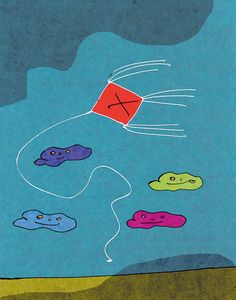For the first time in over half a century, Tamil Nadu is readying itself for an election without icons. Back in 1937, it was Rajaji (C. Rajagopalachari) all the way. For a decade after Independence, it was Rajaji vs K. Kamaraj, a dignified struggle within the same party. The year 1957 saw the advent of C.N. Annadurai leading a formidable challenge to Kamaraj. From its defeat in 1967—at “Anna’s” hands—onwards, the Congress began losing its relevance in Tamil Nadu, but it was not long before the Dravidian movement split between M. Karunanidhi and M.G. Ramachandran. And, after MGR’s passing in 1988, the internecine struggle was transformed for the next three decades into a war between J. Jayalalithaa “Amma” and “Kalaignar” Karunanidhi. Now, within 20 months of each other, both Amma and Kalaignar have passed from the scene.
True, two unmatched stars of the silver screen have thrown their hats into the ring—Kamal Haasan and Rajinikanth. But, they are discovering, just like erstwhile heroes Sivaji Ganesan and Vijayakanth, that fan following does not amount to political vote-banks. It was the founders of the DMK—Anna and Kalaignar—who used cinema as an innovative medium to spread their revolutionary ideology. MGR, assisted by his helpmeet Jayalalithaa, demonstrated to cheering audiences in cinema halls the real possibility of achieving the social churning for Tamil Nadu’s scheduled castes and OBCs, that Anna and Kalaignar were stirring on the street, the state assembly and the polling booths. Cinema and politics got intermixed—but only so long as cinema served a political purpose; never when cinema was used as a forklift to get elevated into politics. Hence, neither Kamal nor Rajini have it in them to become icons in real life.
That leaves the DMK and the AIADMK as the principal political players, but without an Amma or a Kalaignar. The 2019 battle will thus be the first in decades between parties, not personalities.
Yet, in both parties, there have been challenges to the leadership from within. Stalin has easily swatted off the challenge from his elder brother, M.K. Alagiri, leaving the DMK strong and united. The AIADMK, however, is in trouble. Not only has T.T.V. Dhinakaran—V.K. Sasikala’s nephew and pretender to Amma’s succession as a kind of regent to Queen Sasikala—given a mind-blowing shock to the Dravidian movement with his dramatic win in Amma’s former constituency of RK Nagar, he has also broken from the party to form his own in her name. He is discovering, however, that RK Nagar is not Tamil Nadu, and is, thus, nowhere near capturing the AIADMK party machine. That machine remains in the inept hands of Chief Minister Edappadi Palaniswami and Deputy Chief Minister O. Panneerselvam. But, it is a broken machine, with no diminution in the stream of AIADMK workers and leaders flowing in Dhinakaran’s direction. That leaves the field virtually clear for the DMK (and its very junior ally, the Congress).
As for the Modi-Shah duumvirate, the BJP in Tamil Nadu remains a nonentity. Rajinikanth sometimes seems to indicate that “Barkis is willing”, then shies away—both from the BJP and from actually floating his own outfit. He is enough of an Einstein to know that “Zero plus zero equals zero”. That means Tamil Nadu remains out of reach for the BJP. In Andhra Pradesh, Chandrababu Naidu has parted ways from Modi-Shah; in Telangana, KCR has parted ways from the BJP (and vice versa). In Karnataka, the Congress-JD(S) alliance is holding, and Kerala remains unyielding to saffron. Thus, on the eve of Lok Sabha elections 2019, the BJP in the south retains its status as an unacceptable north Indian party. Hurray!
Aiyar is a former Union minister and social commentator.


